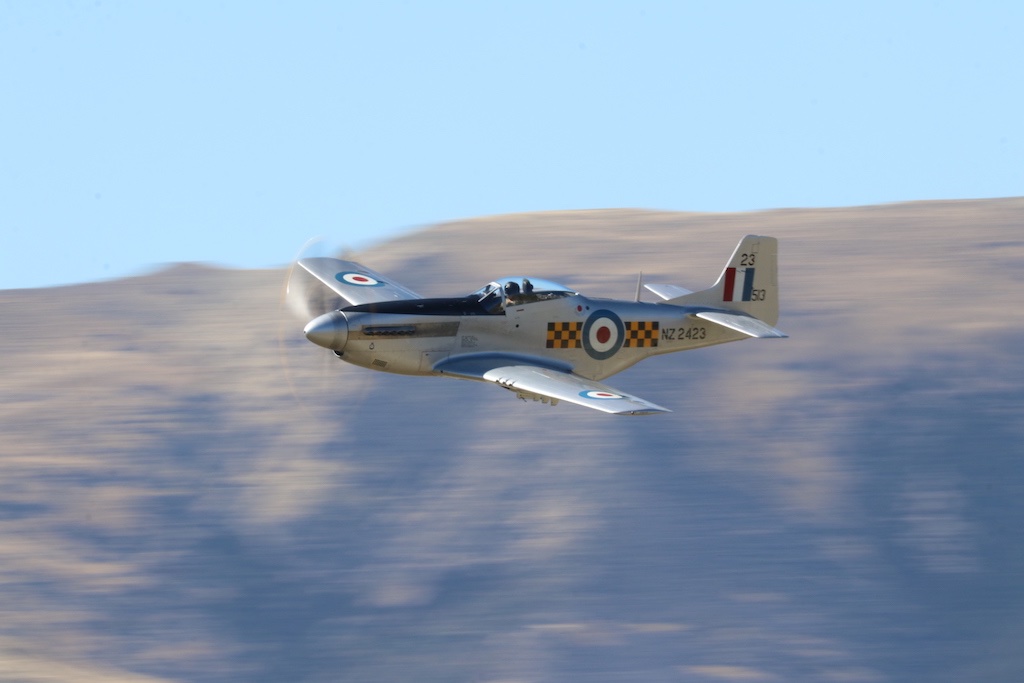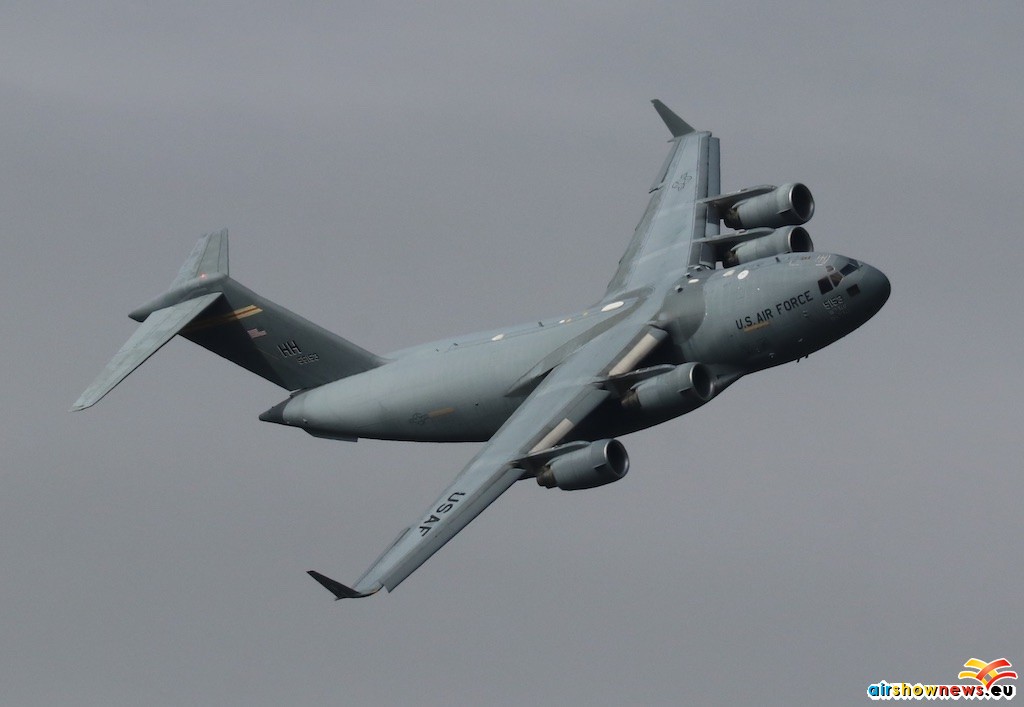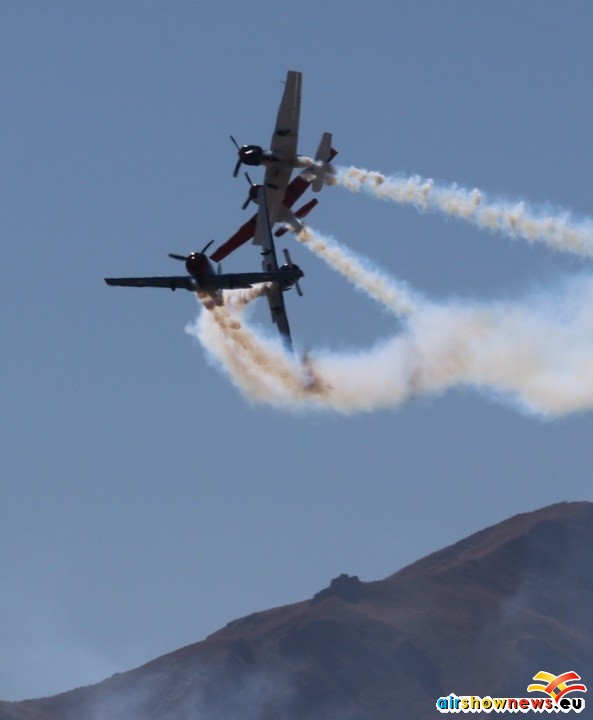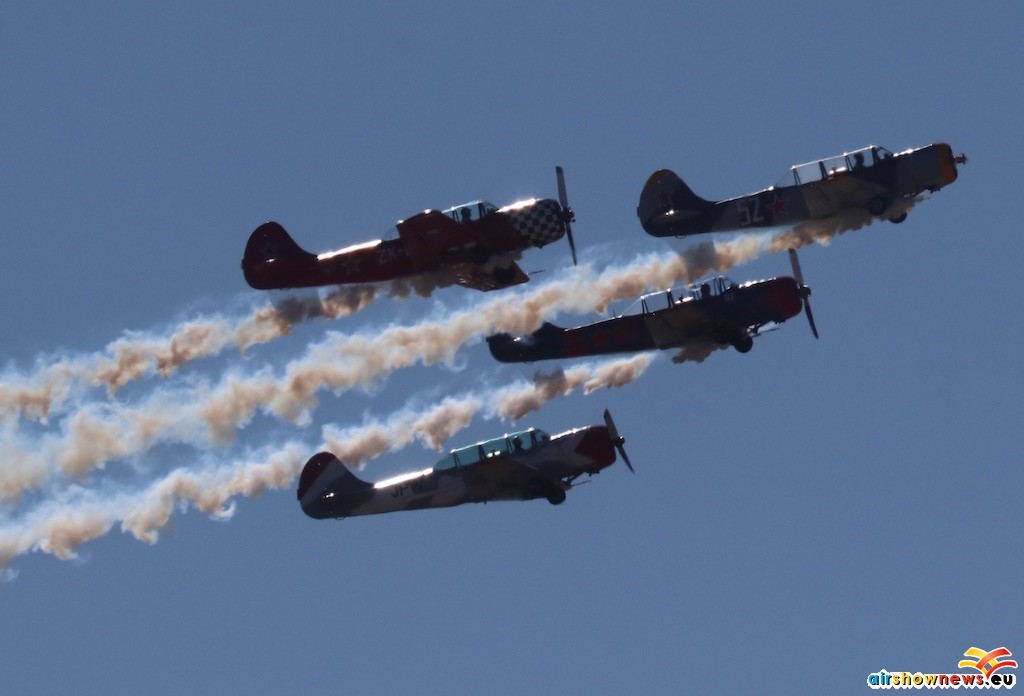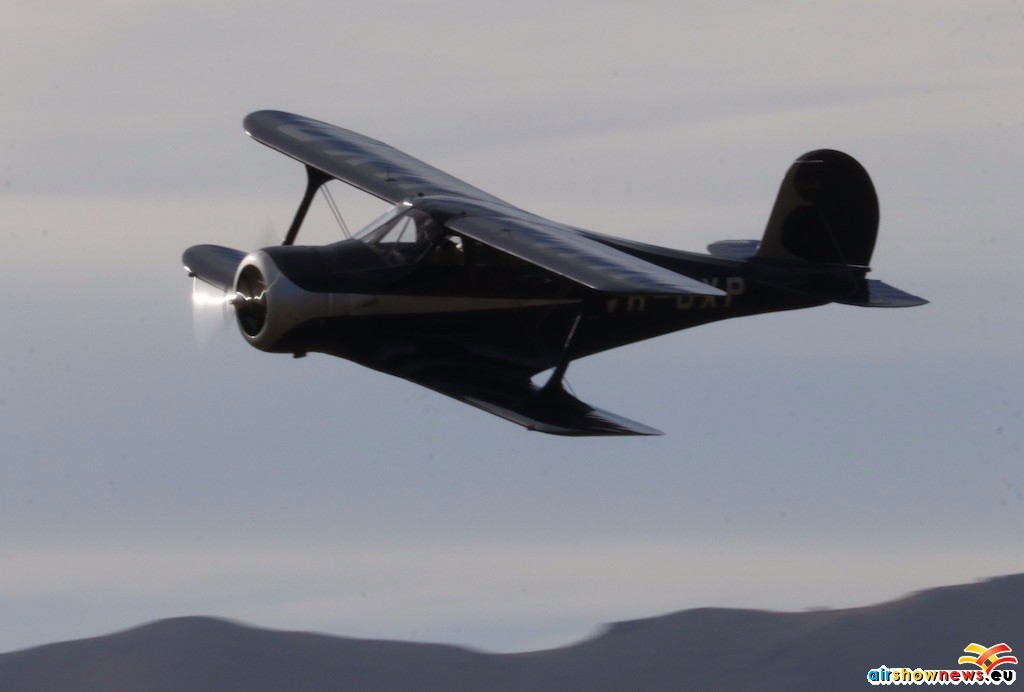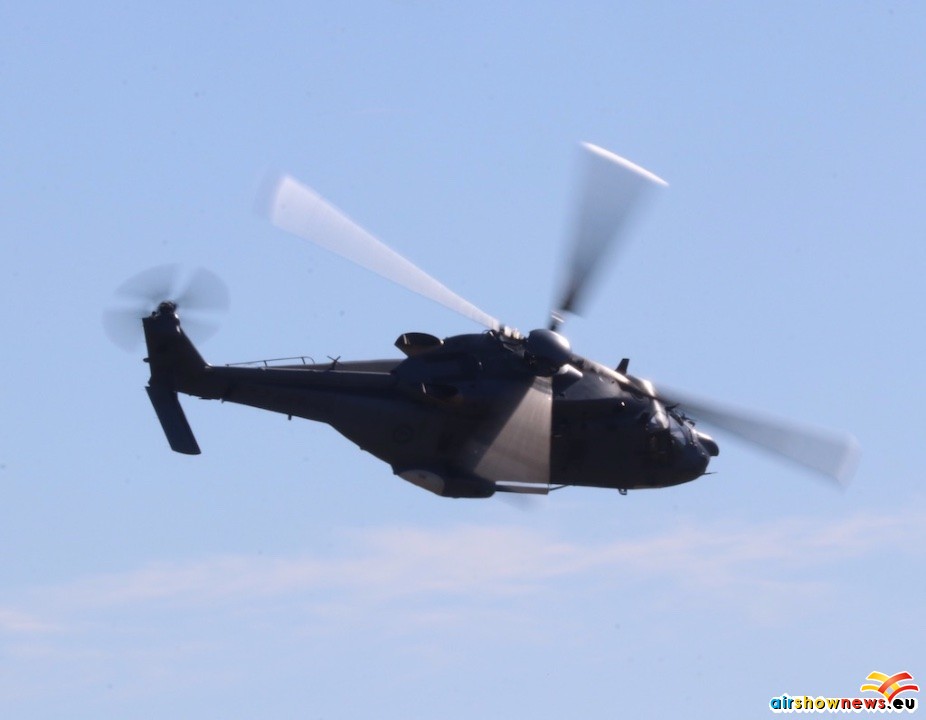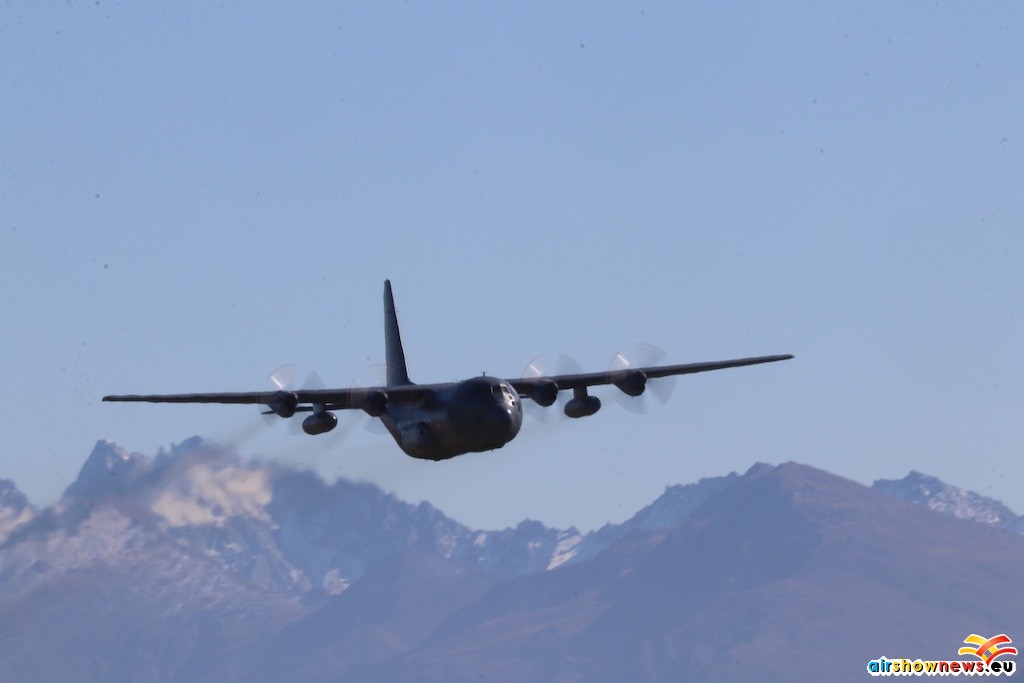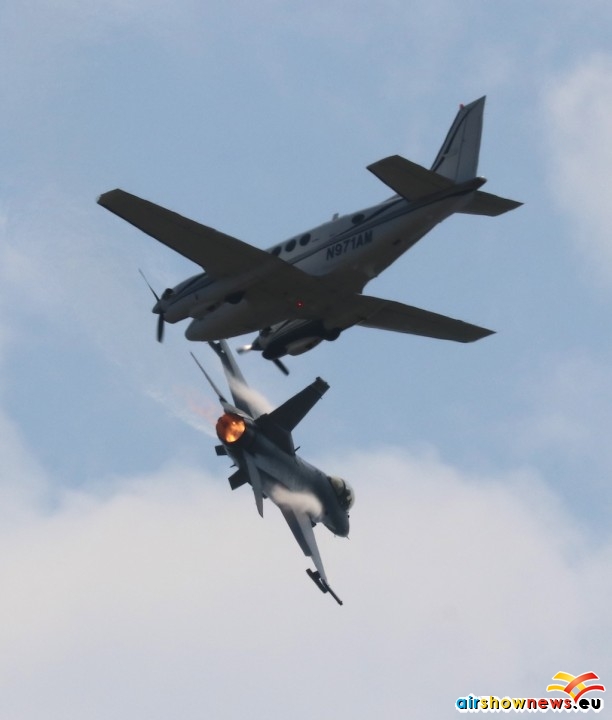Wanaka, South Island, New Zealand 29-31 March 2024
After cancellation due to the pandemic in 2020 and 2022, justice was served when rare perfect weather blessed this, the greatest southern hemisphere warbird airshow. Both the Saturday and Sunday sold out in advance, creating a few traffic issues but hailed as a resounding success by attendees from many countries. This year’s star exhibit being the first showing of the freshly restored de Havilland Mosquito from AVspecs at Ardmore, prior to it being shipped to new owners in the USA.
Warbirds come in all shapes and sizes; with military need driving procurement, though some aircraft serve humanitarian purposes as well. Wanaka showcases the early trainers like de Havilland Moths that led to the Rapide and Dominie types which kick started early airline operations through to the American C-17 transport and F-16 attack aircraft, both of which brought jet noise and speed to the display.
Formation teams were also in evidence; the RNZAF demonstrating their Beech T-6 Texan II trainers from Ohakea with a near perfect display of precision aerobatics. Also impressing the crowds were the Aero Vodochovy L39 Albatross fighters, a four ship all bearing different colour schemes; this Czech built fighter trainer served in huge numbers with Eastern Block nations.
Other ex-Soviet material was from Yakovlev with a fore-gathered team of Yak 52 trainers, many owned by private individuals but brought together in a close-nit team looking highly professional. A single Yak 3 fighter also performed impressively with its large diameter engine.
Although the Mosquito and an Australian owned Lockheed 10, an early generation airliner, gave impressive displays, the popular Spitfire and P-51 Mustang with their Second World War heritage are always star exhibits with two Mustangs on site this year, bringing the distinctive sound of the Merlin engine to our ears.
A further rarity, the Avro Anson, took to the skies; once a common communications platform, very few remain in flying condition, paticularly those in a military configuration.
In a similar vein to the Yaks, a large contingent of North American Harvards, formerly the primary trainer with the New Zealand military, brought both noise and precision to their aerobatic demonstration.
One almost unique characteristic of the Wanaka show is the almost seamless continual activity with performers overlapping so that, apart from a short lunch break, there is always something in the air to entertain and excite. As one item turns to land the next is running in to entertain; this is no mean feat in a controlled undulating landscape of hills and valleys.
I make no apologies for including a large number of images in this report, though the challenge for photographers shooting into the light creates some interesting ‘glints’ in the sky and the snow-capped mountain backdrop adds to the drama as you record the scene.
A large collection of general aviation aircraft, including a retractable undercarriage Beech 17 and the rare Transavia Air-truck, a Grumman Widgeon amphibian and a pioneering electric light aircraft ensured that the public witnessed a wide variety of aircraft, with tented displays backing up the exhibits.
In addition to the fixed wing aircraft a large selection of light helicopters was on show, dominated by the RNZAF Seasprite and NH90, accompanied by a pair of Agusta 109s. A nation like New Zealand is home to numerous helicopters used for agricultural, public service and the tourism sector so it was good to see them celebrated.
The final word should reflect the other milestone event; the last public appearance of the venerable and versatile C130H Hercules in RNZAF service as new C130J models are procured. Another new type featured was the latest addition; the Boeing P-8A Poseidon, bought to replace the P-3 Orion that provided offshore security until its recent retirement.
If you wish to see more views of the famous Mosquito I recommend you view the previous post on this website.
